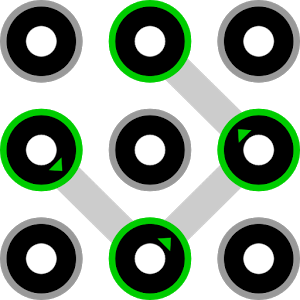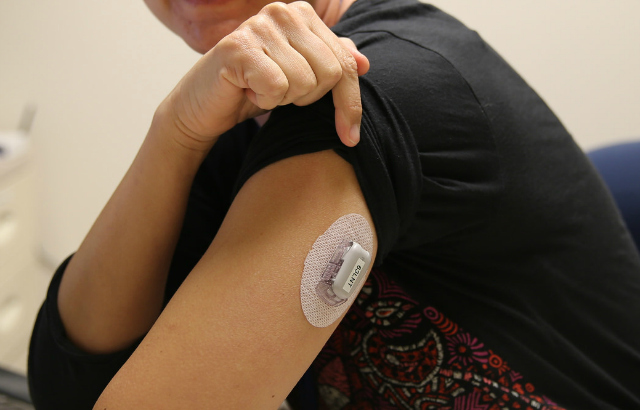We Can Open Black Holes On An Electronic Chip, Scary?
The technological advancement stems from the need as the innovativeness of the inventors. Sometime people stumble upon great discovery when they are working on something completely different. A professor has taken the world by surprise by proposing a way which will lead to stimulation of black holes right on an electronic chip. So far we are not able to develop black on the earth in order to boost our study and knowledge about these.
This professor named Rembert Duine has worked together colleagues all the way from Chile to publish the underlying research in the Physical Preview Letters. Theoretically speaking all the right ingredients which are required to summon a black hole is present in the modern scientific labs. Scientists will be able to generate black within a time-span of two or more years from now to create black-holes in lab conditions.
No More Looking Into The Space For Black holes
The event horizon problem associated with the black hole in the space makes them extremely difficult to study. First of all they are dense which ensures that nothing escapes its gravitational pull once anything enters into its no return point. Researchers have made some progress in dealing with the problem associated with the event horizon phenomenon when they develop the same in the lab conditions. They were able to create such of no return which specifically deals with the spin waves and even helps in navigating through the fluctuations that are found in the magnetic materials.
A lot of science into action to make this theory works which includes the simple knowledge that the once we pass the electric current through the material then the electrons tends to drag the waves along with it. Like if we make use of a wires which is think at one end and thin at another and the when we pass the electricity then the electrons are likely to flow faster on thin end.
Points of no return have never been investigated in the electronic chips and they are less likely to originate as well. Therefore opting for chips to build the black holes appears as the right and sensible choice though currently in theory. Secondly having black holes on the chips will help in studying the effects of Hawking radiation in higher temperatures with quite ease and grace.
The Quantum Computers
The hawking radiation is caused by the particles which remain in pair and they happen to be quantum mechanically entangled. Researchers have proposed that they will be making use of the entanglement found in the electronic devices in order to create black holes right on the chip in upcoming days. In the quantum computers and even the quantum technologies the entanglement acts as the key ingredient and scientists has found right way to work for their own advantage. Creating black holes on chips will allow them to study it in greater details without any threat getting the whole world swallowed in the process which is held as a common misconception among the masses.



















